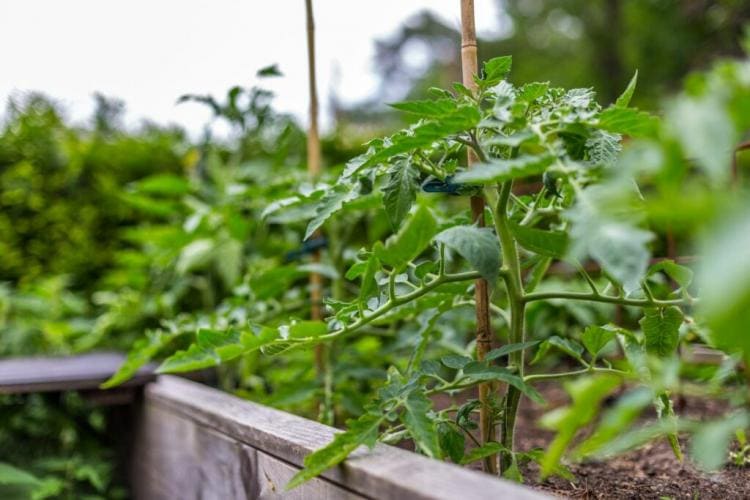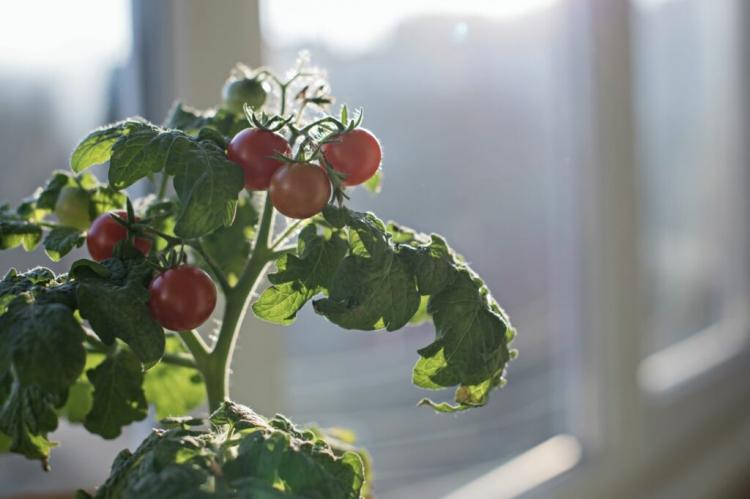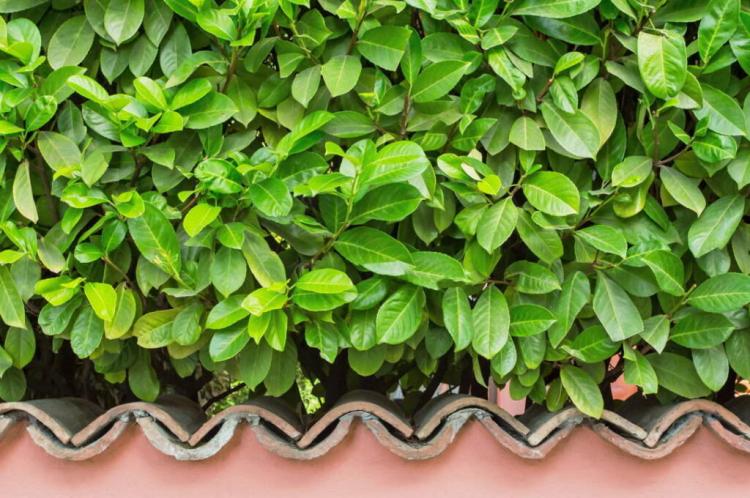Tomatoes In The Raised Bed: Procedure And Suitable Varieties
In addition to various types of vegetables, tomatoes can also be successfully grown in raised beds. Here you can find out what you should consider when choosing the variety and growing tomatoes on the raised bed.
A raised bed not only makes gardening easier and protects your back, but can also be implemented in problematic locations, difficult soils, and as a balcony-raised bed. We will show you how the cultivation of tomatoes on the raised bed succeeds and brings plenty of fruit.
Can you plant tomatoes in a raised bed?
Table of Contents
Most vegetables can be grown on a raised bed just as well as in natural soil. Tomato plants can also be grown well in raised beds. Above all, the choice of variety and a good composition of the soil layers are important here.
Raised bed for tomatoes: what should you pay attention to?
Basically, all common materials such as bricks, wood, metal, or even short-lived bales of straw are suitable for building raised beds. Prefabricated raised beds to save a lot of time and can be put into operation quickly. Self-made variants can be designed according to your wishes and bring a personal touch to the garden or balcony. We have summarized all considerations as to whether you should build or buy your raised bed yourself, as well as advantages and disadvantages for you in the special article. However, the raised bed should be at least 70 to 100 cm high for an effective back-friendly way of working.
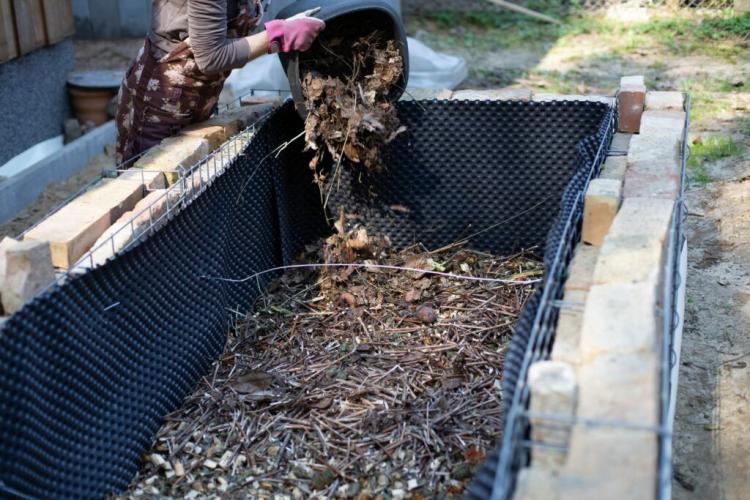
A raised bed consists of several layers: Here the bottom layer of coarse, slowly decomposing plant material, a middle, compost-rich layer, and the upper layer of vegetation
Plant tomatoes in the raised bed
Tomatoes need a warm, sunny spot to be able to bear fruit properly. The raised bed should face south for this. The top layer of soil in which the tomato plants are rooted is ideally well-drained, humus, and rich in nutrients. It is best to use high-quality vegetable soil that has all the necessary nutrients for strong tomato plants, such as our peat-free Gardender organic tomato and vegetable soil.
Tip: Our Gardender organic compost soil is ideal for filling the middle raised bed layer. The compost soil stores water and heat between the coarse basic filling of branches, wood chips, and other coarse material and the top, finely crumbly vegetation layer. It thus contributes to the rotting of the coarse materials and, if necessary, also supplies moisture to the plant roots above. In addition, the formation of humus and soil life in the top layer are stimulated, which contributes to soil fertility.
A distance of 50 to 70 cm should be maintained between the individual tomato plants in the raised bed. From mid-May after the ice saints, the tomatoes can be placed in the raised bed. Unlike unlimited growing varieties, do not place the young plants of bush tomatoes deeper into the soil than they were already in the pot. Then water vigorously and, if necessary, offer the young plants a short, sturdy stake as support.
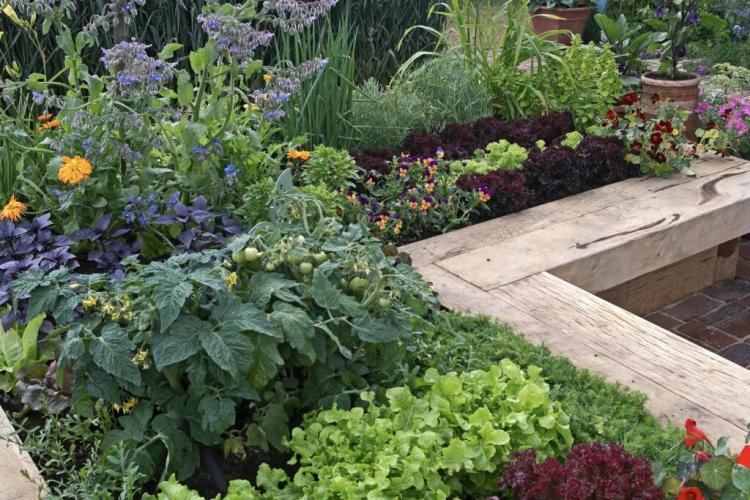
Bush tomatoes with limited growth are particularly suitable for growing tomatoes in raised beds
Which types of tomatoes are suitable for raised beds?
Tall tomatoes on the vine in the raised bed quickly take away the light from other crops, must also be well supported, and are comparatively difficult to harvest. Robust, small, determined tomato varieties, on the other hand, are ideal for growing on raised beds. Resistant wild tomatoes that branch out and grow bushy can also be grown well in raised beds. If you plant them on the edge of the bed, they can hang down and take up little space. By the way, none of the varieties mentioned below do even have to be exhausted. Suitably raised bed tomatoes are the following:
- ‘Caitydid’
- ‘Fred’s Tie Dye’
- ‘Raspberry rose’
- ‘Hoffmanns Rentita’
- ‘Ida Gold’
- ‘Red Riding Hood’
- ‘Silver Fir’
- ‘Tigerette’
- ‘Tiny Tim’
- Galapagos tomato
- ‘Golden Currant’ and other current tomatoes
- ‘Red Marble’
The mixed cultivation of tomatoes can also be implemented in small spaces and raised beds and offers many advantages such as reduced pest pressure and higher yields.
You might so like:
